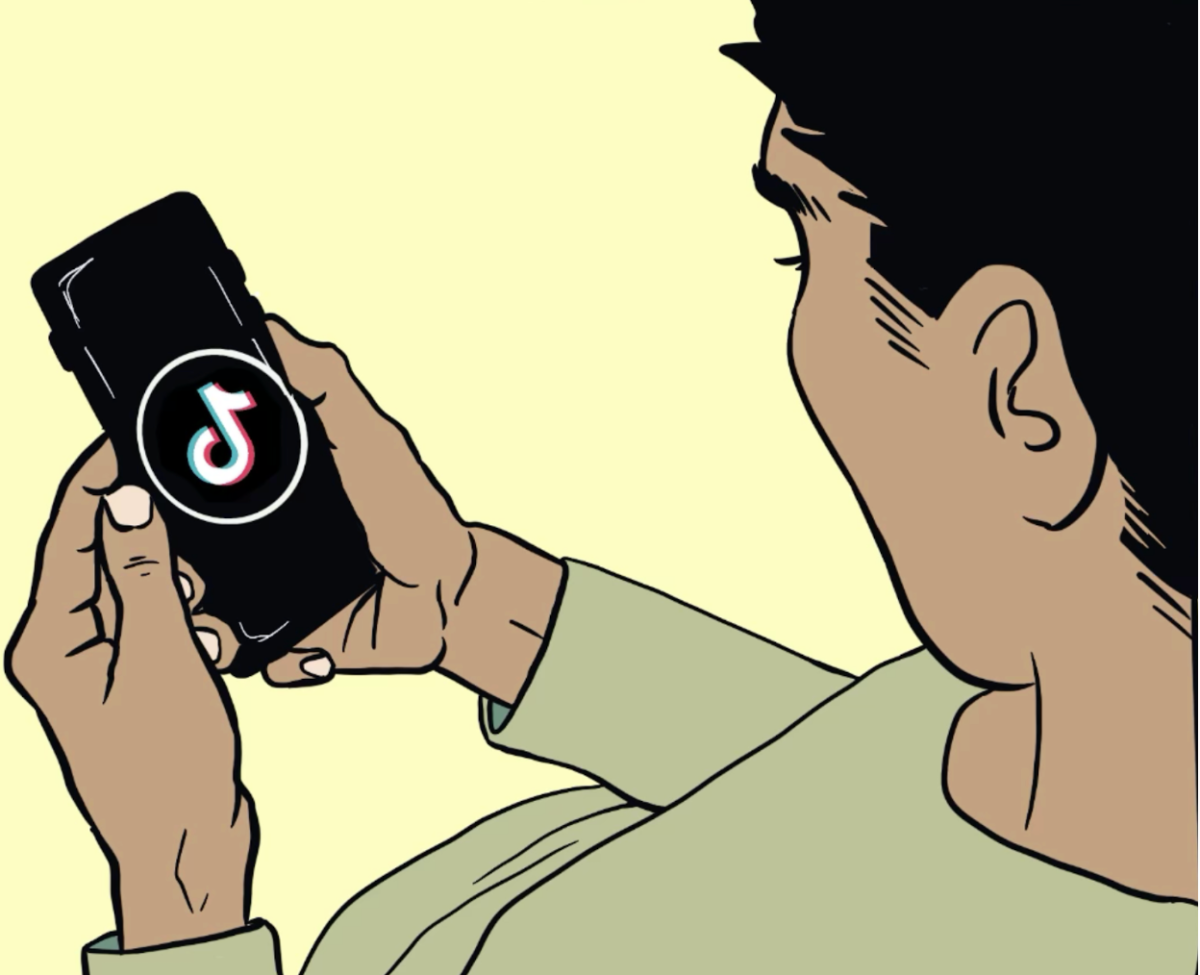 Jovel Quierolo
Jovel Quierolo
Sacred Heart Editor
The Food and Drug Administration (FDA) recently made a “morning-after” emergency contraceptive accessible to 17-year-olds for purchase without a doctor’s prescription. The pill, if taken within 72 hours of sexual intercourse, can prevent pregnancy.
But the pill may be more harmful than helpful. Making teen access to any kind of birth control easier may decrease teen pregnancy, but not the rampant more serious sexually transmitted diseases (STD) teens acquire as a result of ineffective sex education and more freedom for sexual activity — created by access to birth control.
What teens need is better sex education and a doctor’s or parental guidance with the responsibilities that come with birth control – not easier access.
A steady increase in access to different types of birth control – pills, patches and condoms – over the past decade has corresponded with a rise in STDs and the pregnancies birth control is meant to prevent.
The Centers for Disease Control (CDC) found in 2008 at least one in four teenage American girls has a STD. The overall STD rate among the 838 girls in the study was 26 percent, which translates to more than 3 million girls nationwide. The CDC also reported the teen birth rate rising between 2005 and 2006, the first increase in 15 years.
The numbers account for lack of sex education and teens’ misconceptions on STDs that have led to popular myths, and easier access to birth control cuts out information from doctors and parents needed to dispel any misinformation.
Teens are receiving inadequate sex education from parents and from schools that focus too much on abstinence-only programs. They are vulnerable to myths and misconceptions that often lead to misuse or lack of understanding of prevention.
Young women need to be taught how birth control works and how it should be taken. Teens should not be allowed the emergency contraceptive now, without education, because it may tempt teens to use it as their only birth control. And lowering the age limit makes the pill more accessible to younger girls with 17-year-old peers.
Teens should be required to consult with their doctors and even parents about how STDs and pregnancy can be prevented. Though abstinence is the only sure way to avoid pregnancy, but 46.8 percent of all high school students had sexual intercourse in 2007, according to the CDC.
Removing the barrier of a doctor’s prescription for birth control could contribute to the continuing irresponsible and potentially dangerous behavior among sexually active teens.







